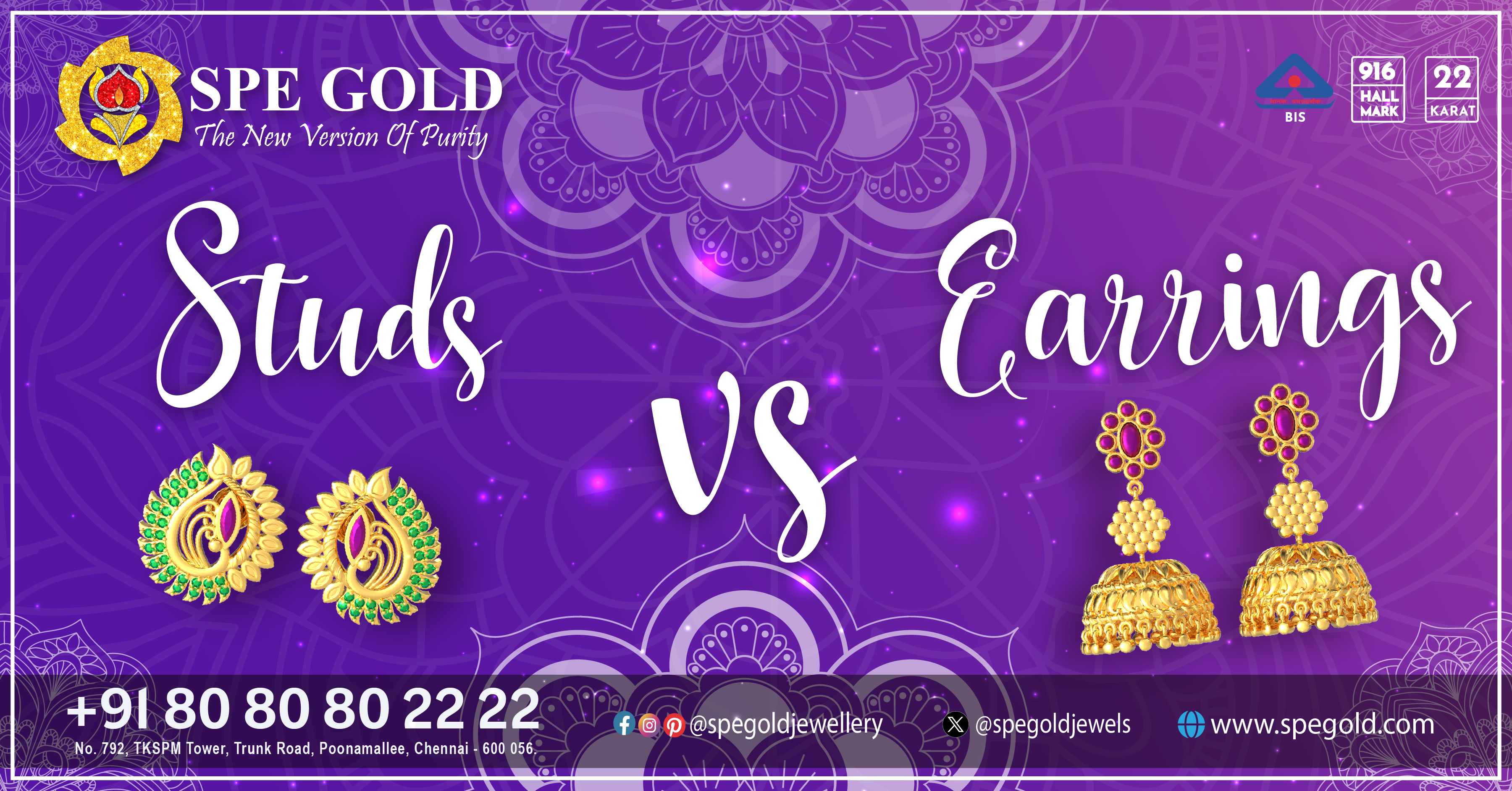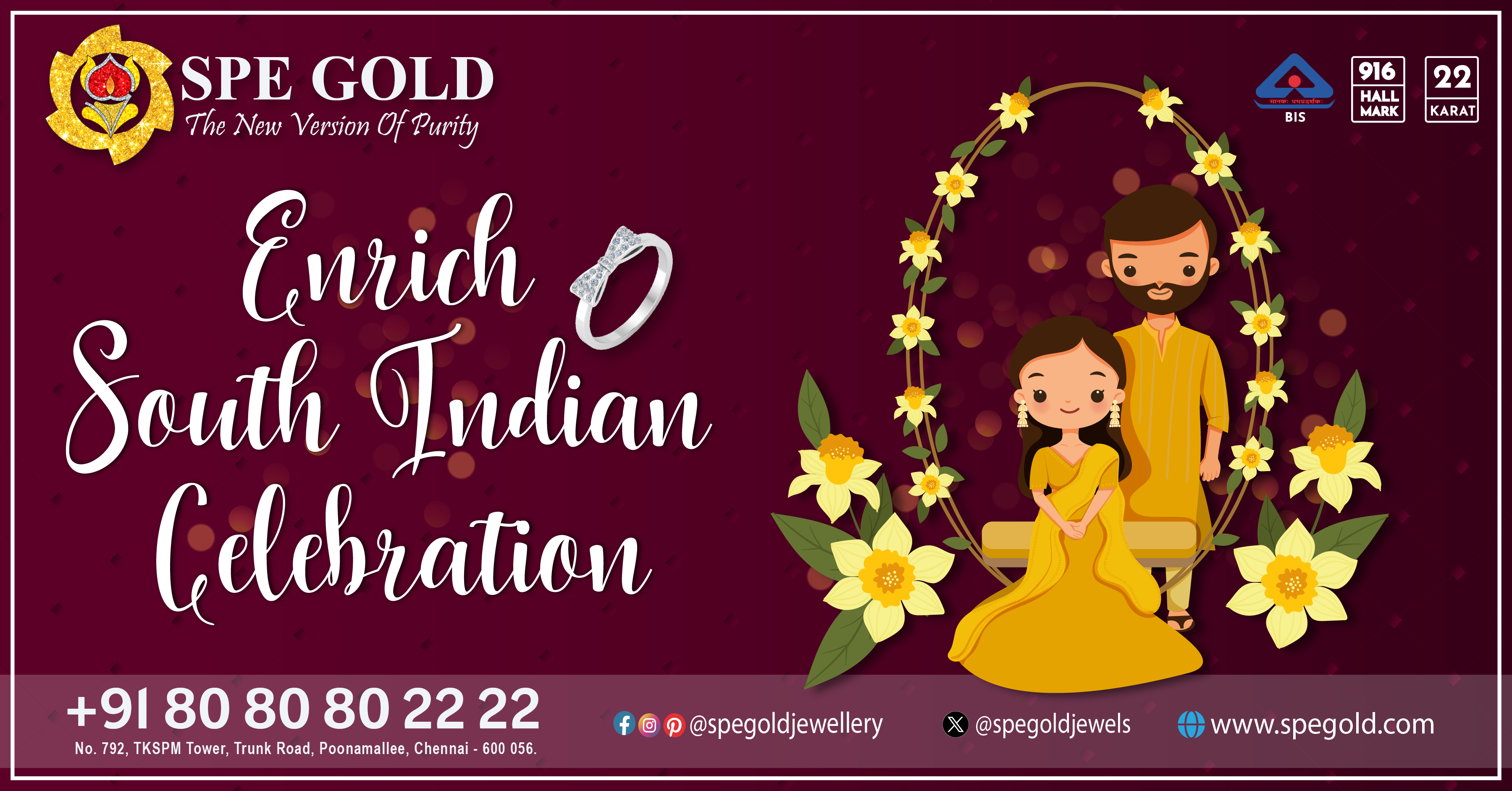introduction
Bangles, those beautiful circular ornaments adorning the wrists of many, have been an integral part of traditional jewellery in various cultures around the world for centuries. These circular beauties have a rich history, and their shape holds significant cultural and symbolic importance. In this blog, we'll take a deep dive into the fascinating history of bangles and explore why they are crafted in a circular shape.

Ancient Origins
The history of bangles can be traced back thousands of years to ancient civilizations such as Mesopotamia, Egypt, and the Indus Valley. Archaeological findings suggest that bangles were one of the earliest forms of jewellery. They were crafted from various materials, including metals, shells, and even clay.
The Circle of Life
The circular shape of bangles is deeply symbolic and represents the cyclical nature of life, time, and eternity. In many cultures, the circle is considered a powerful symbol of unity, wholeness, and the eternal cycle of birth, death, and rebirth. This symbolism has made circular bangles a staple in various ceremonies and rituals.


Cultural Significance
Bangles hold immense cultural significance in different parts of the world. In India, for instance, bangles are an integral part of a married woman's attire. They are believed to bring good fortune and protect her husband's well-being. In other cultures, bangles are worn to signify marital status, age, or social standing.
Craftsmanship and Materials
Bangles are crafted using a wide range of materials, from precious metals like gold and silver to more humble materials like glass, wood, and plastic. Each material carries its own cultural and social connotations, and the choice of material can vary depending on the occasion and the wearer's preferences.

Modern Symbolism
In addition to their historical significance, bangles continue to hold a special place in the hearts of many. They serve as a way for individuals to express their style, identity, and cultural heritage. In the modern world, bangles are not only cherished for their beauty but also for the stories and traditions they carry with them.


















